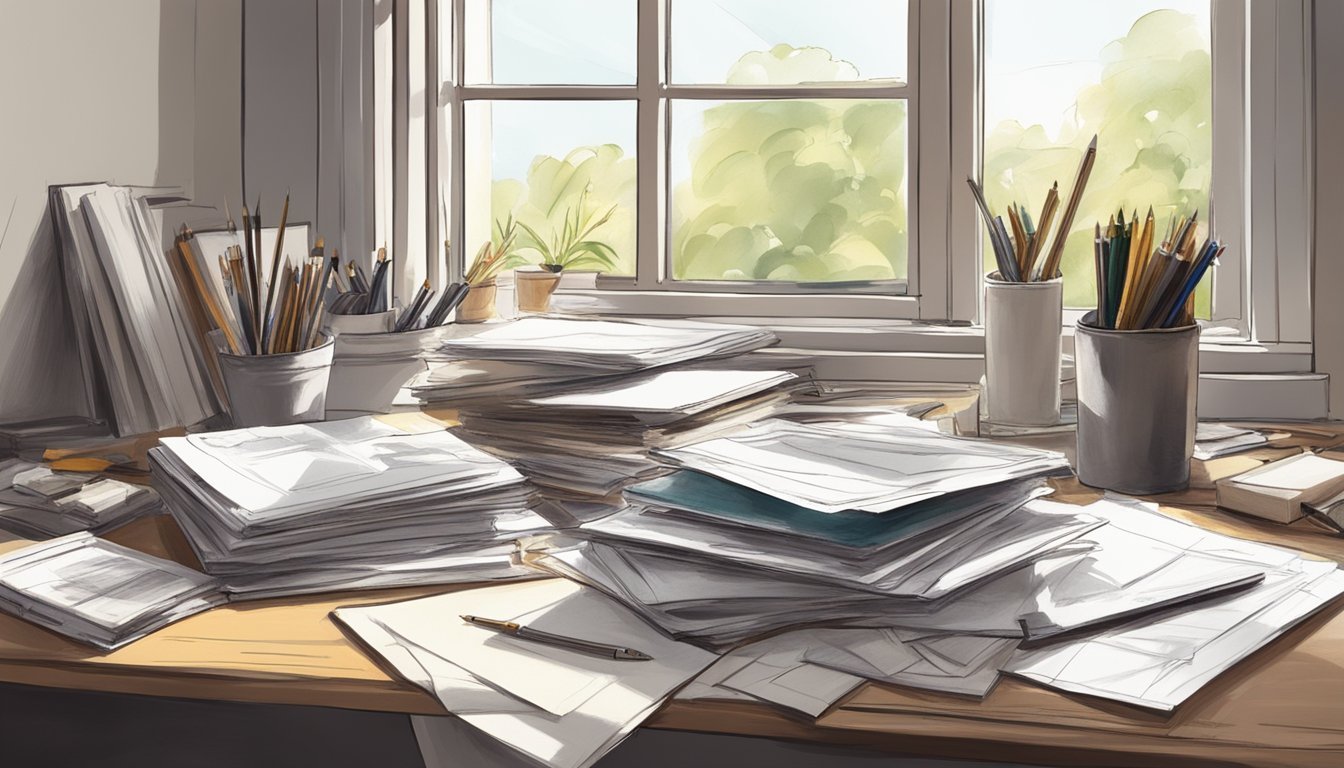If you have a stash of old sketches lying around, you might be surprised by the creative potential they hold. Turning these unfinished or forgotten pieces into new art projects not only breathes life into your art practice but also allows you to explore fresh ideas and techniques. This process encourages innovation and can lead to exciting artistic discoveries.
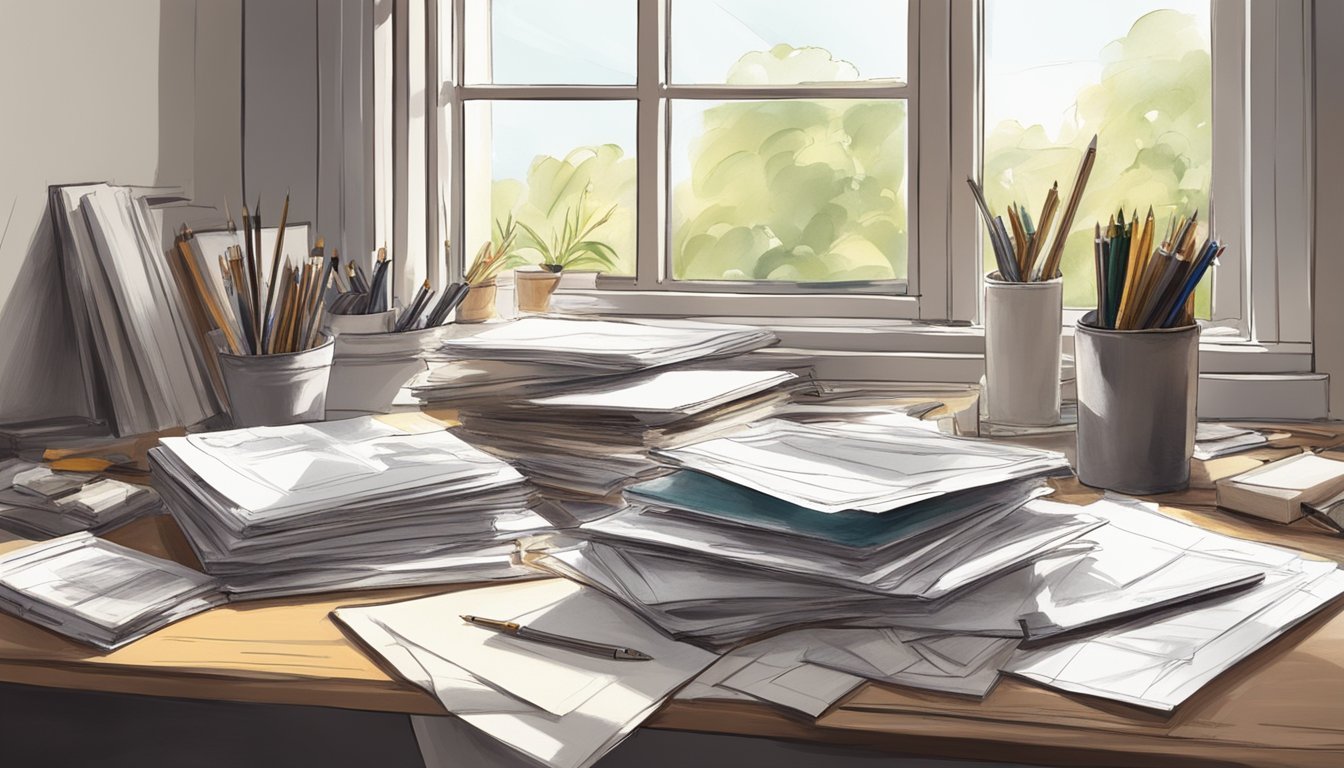
Repurposing your sketches can be a fun and rewarding experience.
By revisiting your previous work, you can reimagine and enhance your artistic vision, transforming what was once a simple doodle into something meaningful and beautiful.
Whether you choose to edit, combine, or completely overhaul your sketches, the possibilities are endless.
Create a mixed media piece
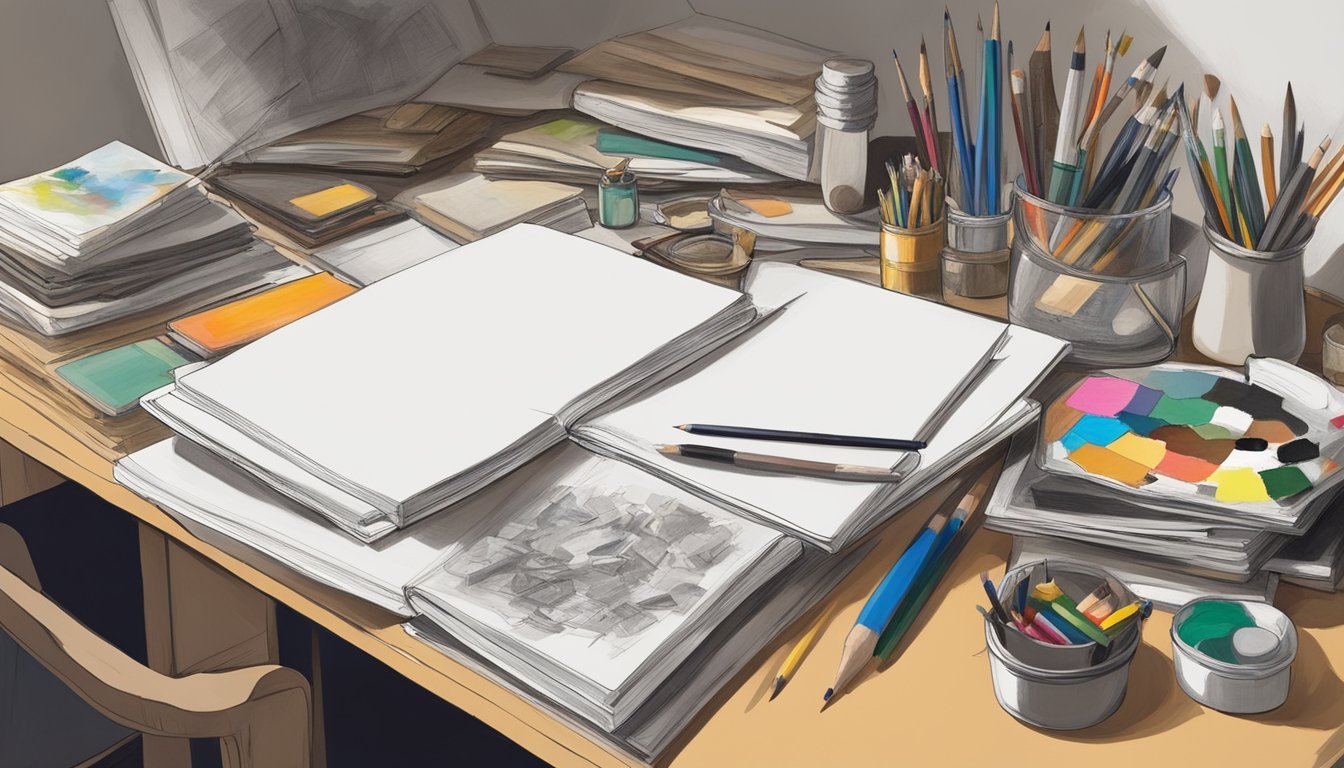
Transforming your old sketches into a mixed media piece is a fun way to breathe new life into your art.
Start by gathering your sketches along with a variety of materials.
This can include paints, papers, inks, and found objects.
Next, prepare your surface.
If you’re using a canvas, apply a layer of gesso.
This helps the materials adhere better and gives you a smooth base to work on.
Decide how you want to incorporate your sketches.
You can cut them up, layer them, or use them as background elements.
Don’t hesitate to paint or draw over them.
Mixing different mediums creates visual interest.
Experiment with different textures.
Use textures from household items, like sponges or fabric, to add depth.
Consider collaging elements that reflect your style or current mood.
Finally, play with color.
Layering colors and blending can create stunning effects.
Let your creativity flow, and remember, there are no strict rules in mixed media art.
Enjoy the process!
Digitally enhance with color
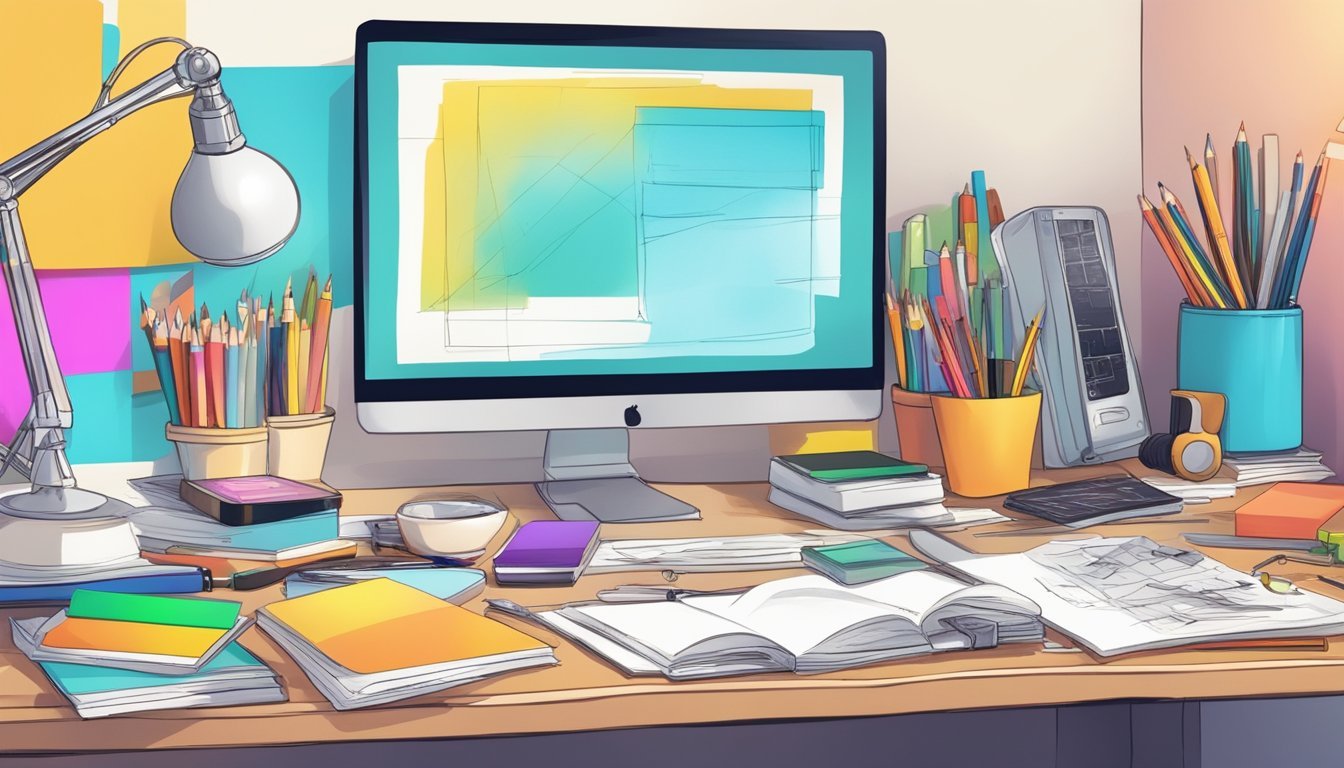
Once you’ve scanned or photographed your sketch, it’s time to bring it to life with color.
Open your digital art software and import the image.
Start by creating a new layer above your sketch.
This gives you the flexibility to add colors without affecting the original drawing.
Choose a color palette that matches the mood you want to convey.
Using a brush tool, you can gently apply color to different areas.
Don’t hesitate to experiment with layering shades to create depth.
You might mix lighter tones for highlights and darker shades for shadows.
If you’re using software like Procreate, try utilizing blending modes.
They can help you achieve effects that mimic traditional media.
Adjusting the opacity of your layers can also help in fine-tuning the colors.
Pay attention to how the colors interact with your sketch.
Sometimes, the right hue can make all the difference.
Have fun with it, and remember that digital art allows you to undo any mistakes easily.
Take your time to add details, refining as you go.
Enjoy the process; it’s your chance to create something fresh from your old sketches!
3) Transform into a fabric print
Turning your old sketches into fabric prints can give them new life.
It’s a fun way to repurpose your art into something functional and stylish.
Start by scanning or photographing your sketches.
Make sure the images are high resolution to capture all the details.
You can use image editing software to clean up the sketches if needed.
Once your image is ready, find a service that specializes in custom fabric printing.
Many online platforms allow you to upload your designs and choose the type of fabric you want.
Consider how you want to use your fabric.
Whether it’s for clothing, home decor, or accessories, think about the design placement.
Some techniques, like tracing the outline of your sketches onto fabric with chalk, can help you transfer the design manually if you prefer a hands-on approach.
This might be a bit more time-consuming but adds a personal touch.
With your fabric printed, you can then sew, quilt, or create unique items that showcase your original art.
Enjoy the process and let your creativity flow!
4) Use as a stencil for painting
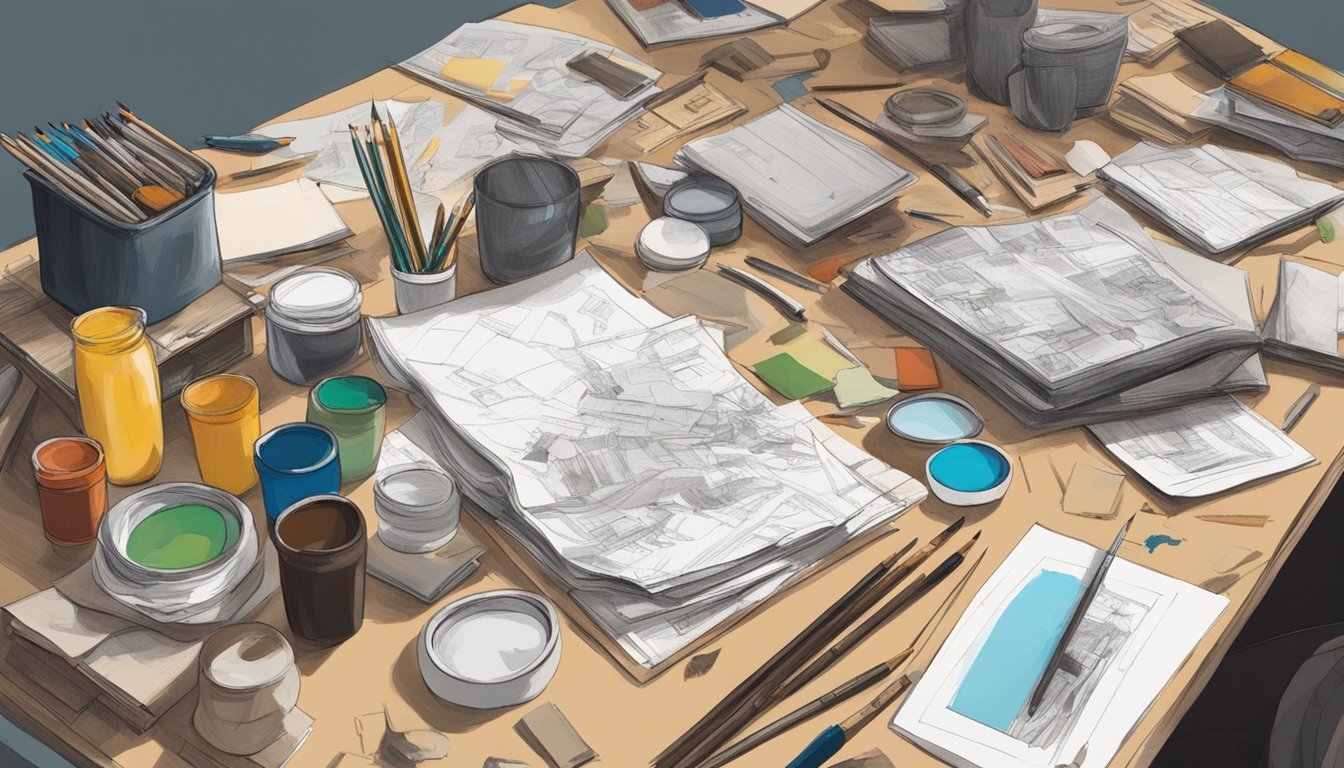
Using your old sketches as stencils can breathe new life into them.
This technique allows you to repurpose your artwork and create unique painted pieces.
Start by selecting a sketch with distinct shapes or outlines.
Carefully cut out the areas you want to use as a stencil.
You can use an X-Acto knife or scissors for precision.
Once your stencil is ready, place it on your canvas or chosen surface.
Secure it down to prevent it from moving while you paint.
When applying paint, use a dabbing motion.
This helps to avoid paint bleeding under the stencil.
Lightly tap the paint at the edges and work inward.
Experiment with different colors for a vibrant effect.
You can also overlap stencils for added depth and interest.
Enjoy the creative process as you transform your old sketches into fresh artwork!
5) Incorporate into a collage
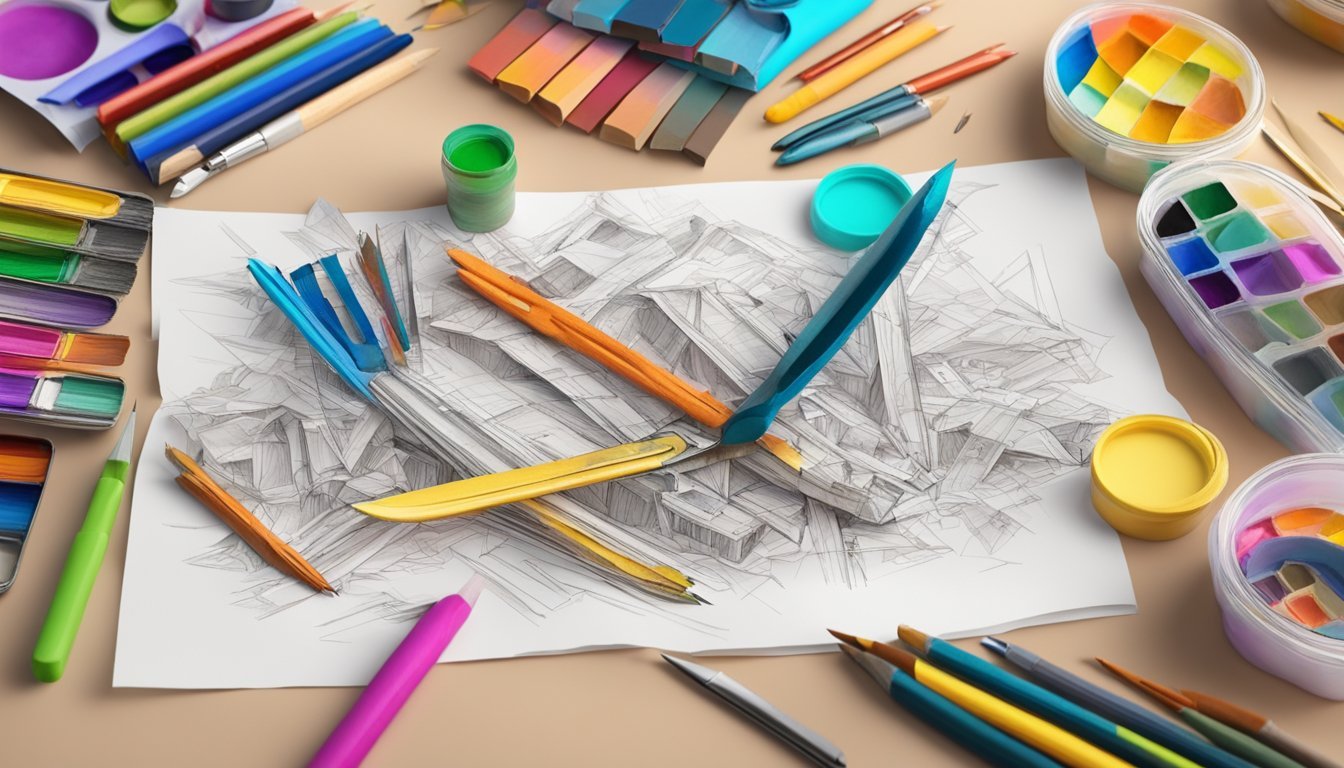
Turning your old sketches into a collage is a fun and creative way to breathe new life into your art.
Start by selecting sketches that resonate with you.
Look for themes or colors that can complement each other.
Gather additional materials like magazine clippings, fabric, or textured papers.
These can enhance your collage and add depth.
You can use acrylic matte medium to help adhere everything together.
Don’t worry about making it perfect.
The beauty of collage is in its eclectic nature.
Layer your sketches with other elements to create visual interest.
Play around with different arrangements before committing to a layout.
Once you’re happy with the composition, glue everything down securely.
Feel free to add paint or other embellishments to further personalize your piece.
This process allows you to experiment while showcasing your past work in a fresh way.
6) Transfer onto canvas
Transferring your old sketches onto canvas can breathe new life into them.
It’s a simple process that opens up various creative possibilities.
Start by preparing your sketch.
You can either photocopy it to the desired size or use a projector for larger pieces.
If you’re using a projector, adjust the image until it’s clear.
Next, secure the canvas.
Make sure it’s flat and ready to go.
Place your sketch over the canvas, then trace the lines gently with a pencil.
Another method is to use transfer paper.
Lay the transfer paper on the canvas, place your sketch on top, and trace over it.
The carbon on the transfer paper will leave an imprint on the canvas.
After you’ve transferred the lines, you can decide how to enhance them.
You might choose to paint over the sketch or fill it in with your preferred medium.
Now you’re set to work on your art piece!
7) Make a 3D model
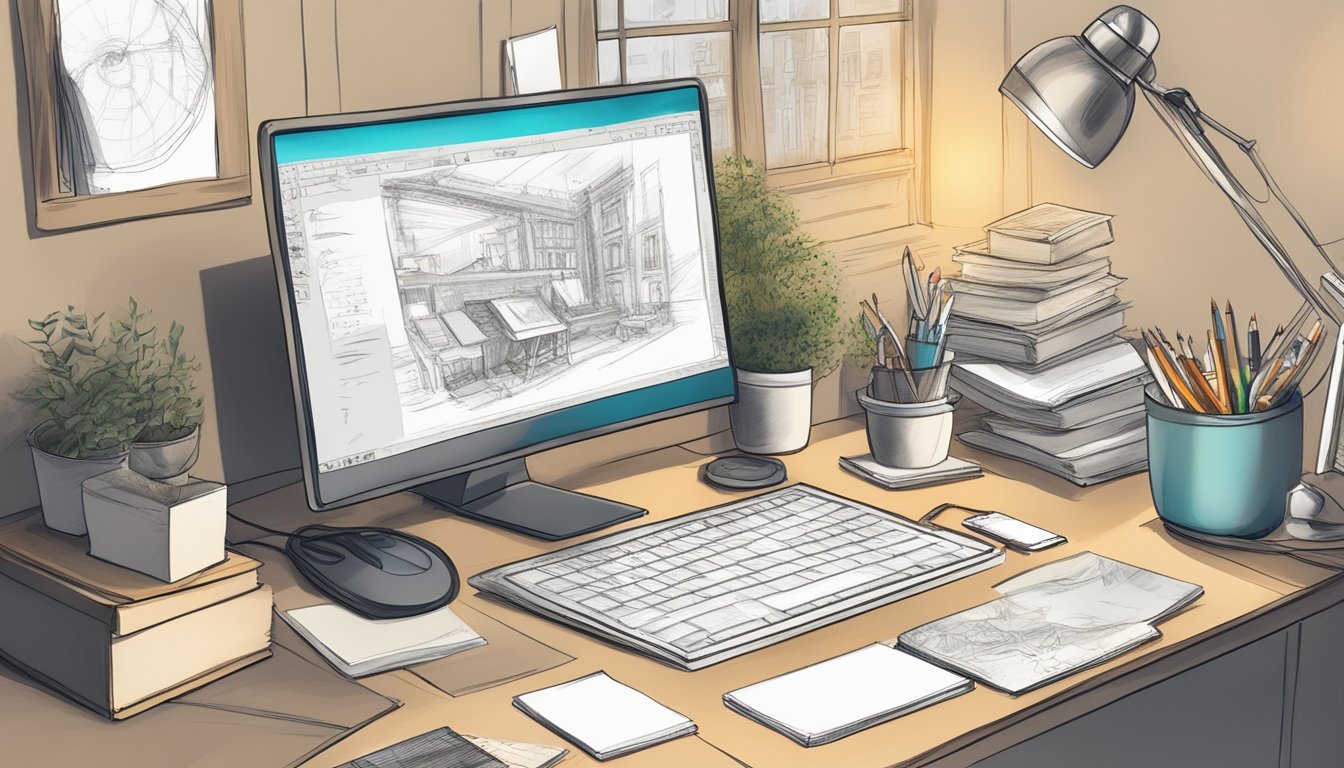
Transforming your old sketches into 3D models can breathe new life into your art.
This process allows you to take flat images and turn them into something dynamic and engaging.
Start by selecting software that suits your skill level.
Programs like Figuro are great for beginners, offering user-friendly tools for creating 3D designs without a steep learning curve.
You can also explore photogrammetry options with tools like Polycam.
By uploading multiple images of your sketches, you can create a detailed 3D model quickly.
If you’re into hands-on work, consider sculpting based on your sketches.
Using materials like clay can give you a tangible version of your drawing, which adds a personal touch to your project.
Whichever method you choose, the goal is to let your creativity flow.
Experiment and have fun with the process.
Your sketches are just the beginning of a new artistic journey.
Turn into a tattoo design
Transforming your old sketches into tattoo designs can be a fun process.
Start by selecting the sketches that resonate most with you.
Think about what elements you want to keep or modify for a tattoo.
Consider the size and placement of the tattoo on your body.
Some designs work better as small pieces, while others can expand into larger murals.
Use your sketches as a base to play around with scaling.
You can also explore online tools that help create stencils from your sketches.
Some sites even allow you to tweak and refine designs to fit your vision perfectly.
Once you have a design, you may want to collaborate with a tattoo artist.
They can provide valuable insights on what will translate well onto skin.
Their expertise can elevate your idea, blending your creativity with their skills.
If you’re not ready for a permanent ink, try temporary tattoos first.
It gives you a feel for the design’s look and placement without the commitment.
This approach is a great way to ensure you love the final result before taking the plunge.
9) Use as a wallpaper pattern
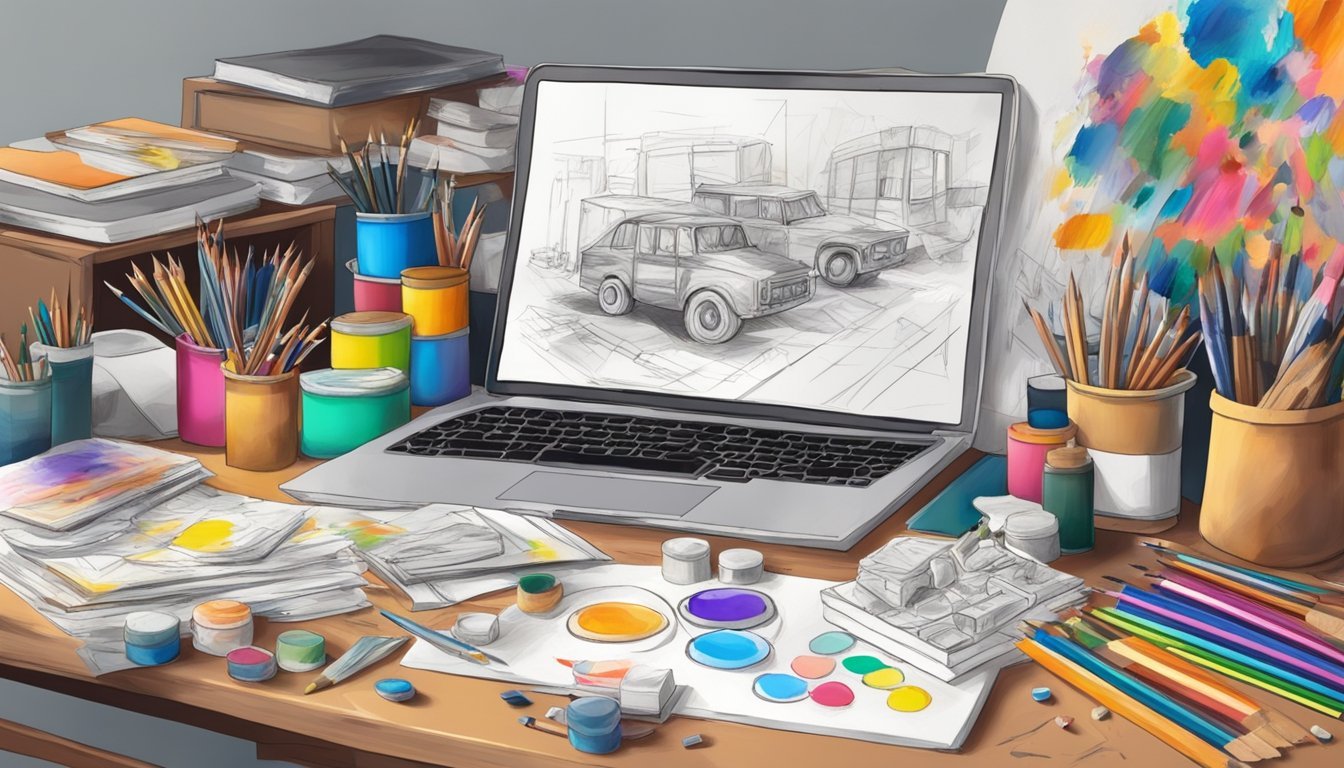
Transforming your old sketches into a wallpaper pattern can breathe new life into your space.
You can either scan and digitize your sketches or recreate them on a larger scale using a projector.
When designing your wallpaper, play with the arrangement of your sketches.
You can create a collage with different sketches or repeat a single design for a cohesive look.
Consider the colors too; adding a fresh color palette can make the pattern pop.
Once you have a design you like, print it on wallpaper material.
There are many online services that can print custom wallpaper based on your design.
If you’re feeling crafty, you could even hand-paint your sketches onto wallpaper or use them as a base for stencils.
This adds a personal touch to your decor that store-bought wallpaper often lacks.
Don’t forget to consider the room’s lighting and size, as these factors can affect how your new wallpaper looks in the space.
With a little creativity, your old sketches can become a unique backdrop that reflects your artistic flair.
Create a comic strip

Transforming your old sketches into a comic strip can be a fun project.
Start by selecting your favorite characters or scenes.
Think about how you want to tell a story.
Plan your panels.
A comic usually has a sequence of images that flow together.
Each panel represents a moment in your narrative.
Consider the layout.
You can arrange panels horizontally or in other creative ways.
Experiment with different sizes and shapes to see what works best for your story.
Add dialogue and captions.
These elements bring your characters to life and help convey the plot.
Ensure the text is easy to read and complements the visuals.
Use a comic strip maker like Canva if you want an easy digital option.
They offer templates and tools that simplify the process.
Lastly, don’t be afraid to be playful and innovative.
Your sketches might lend themselves to humor or drama, so embrace your style and have fun with it!
Evaluating Your Old Sketches

To transform your old sketches into new art projects, start by assessing their potential.
This involves determining their artistic value and recognizing any recurring themes or styles that may offer direction for fresh creations.
Determining Artistic Value
When evaluating your old sketches, focus on elements that resonate with you.
Consider aspects such as composition, line quality, and emotional impact.
Are there sketches that evoke a strong response? Prioritize those.
Make a simple list of sketches:
- Sketch A: Strong lines, dynamic pose
- Sketch B: Emotional expression, vivid colors
- Sketch C: Unique perspective, interesting subject matter
Once you identify valuable pieces, think about how they might serve as a foundation for new artwork.
You can enhance them through digital manipulation or mixed media techniques, enriching their original intent.
Recognizing Emerging Patterns
As you sift through your sketches, take note of recurring themes or stylistic choices.
Look for patterns in subjects, color palettes, or techniques that consistently appear in your work.
This might reveal your artistic preferences or interests.
Create a visual map to visualize:
- Animal Studies: Dogs, cats, birds
- Portraits: Different expressions, styles
- Abstracts: Shapes, colors, textures
By identifying these patterns, you can harness your established style in new projects or even blend various elements to create something unique.
This awareness helps you build a cohesive body of work that reflects your individual artistic voice.
Transforming Sketches Using Technology
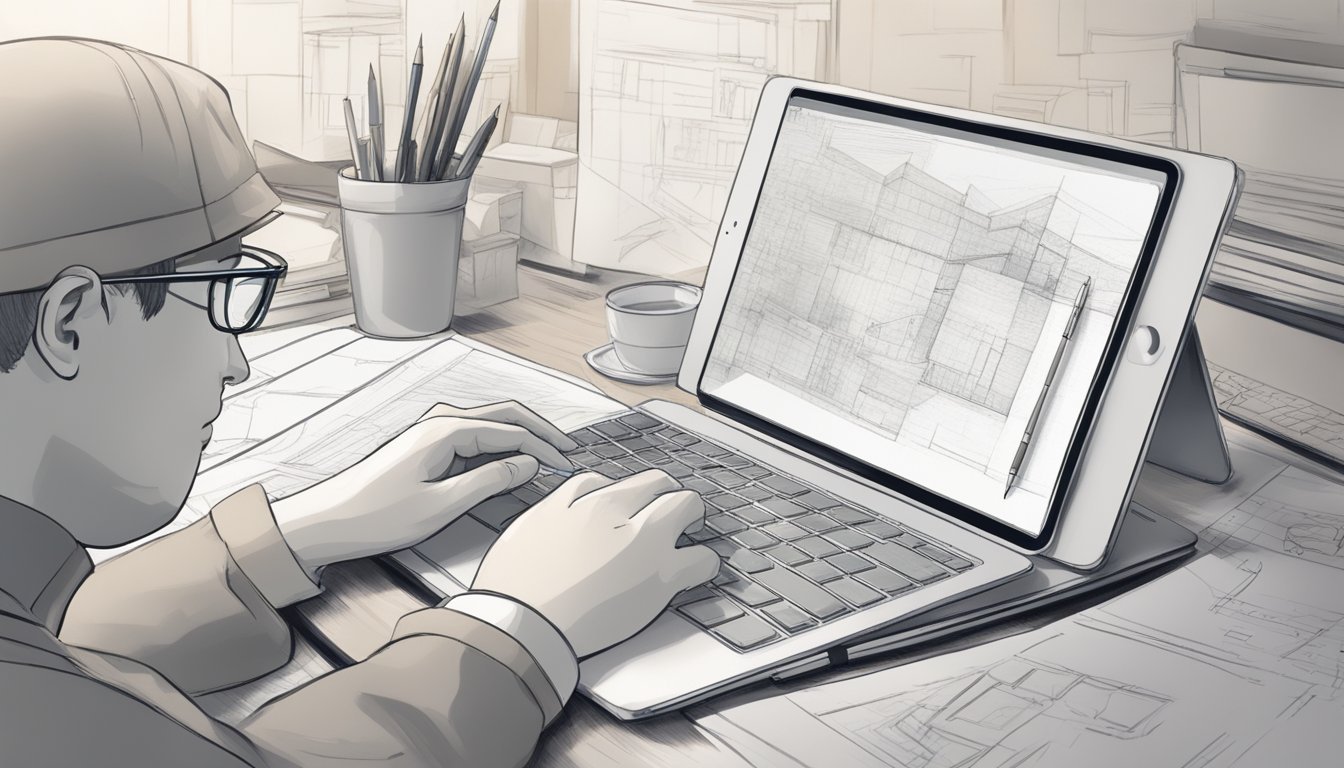
Technology provides exciting ways to breathe new life into your old sketches.
By using digital tools and combining them with traditional methods, you can create stunning art that reflects your unique style.
Digital Tools for Enhancement
Digital tools are game-changers for transforming sketches.
Applications like Adobe Firefly and Picsart allow you to upload sketches and enhance them using AI technology.
- Upload Your Sketch: Start by scanning your sketch or taking a high-quality photo.
- Choose an Editing Tool: Use an app that specializes in sketch enhancement. Firefly’s intuitive AI generates captivating images, while Picsart lets you create AI-enhanced versions of your sketches.
- Edit Your Artwork: Adjust colors, add textures, or choose artistic styles based on your vision.
These tools not only save time but also provide fresh perspectives, allowing you to explore various artistic styles effortlessly.
Incorporating Mixed Media
Combining technology with mixed media can elevate your sketches significantly.
Consider these steps to enhance your art:
- Print Your Sketch: Print a copy of your digital artwork on quality paper.
- Add Physical Media: Use watercolors, ink, or colored pencils to add depth and texture. This blend of digital and traditional techniques creates a unique look.
- Scan and Digitize Again: After adding your elements, scan your mixed media piece back into the digital realm.
This method allows for endless experimentation, giving your finished art a distinctive flair.
Embrace the fusion of digital and traditional to expand your creative horizons.


